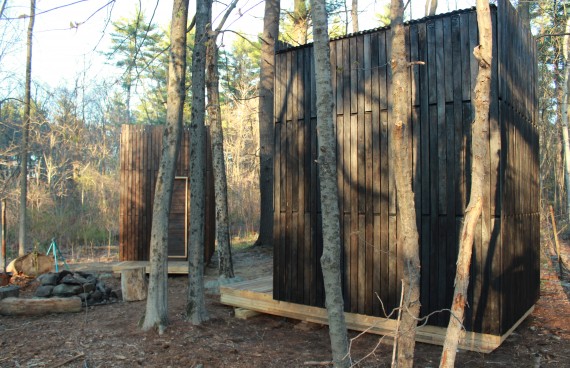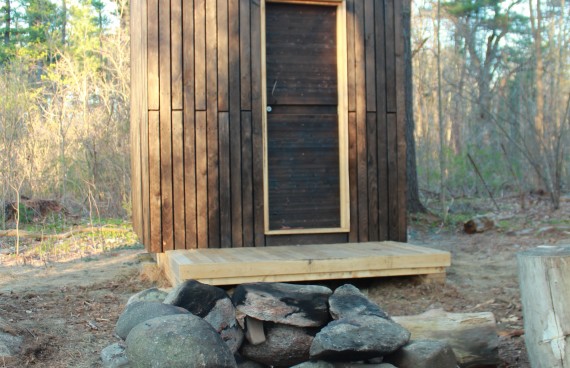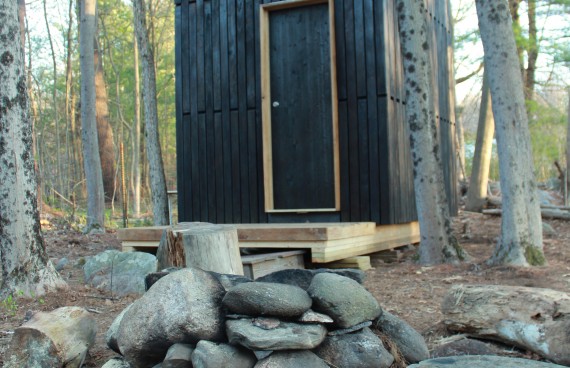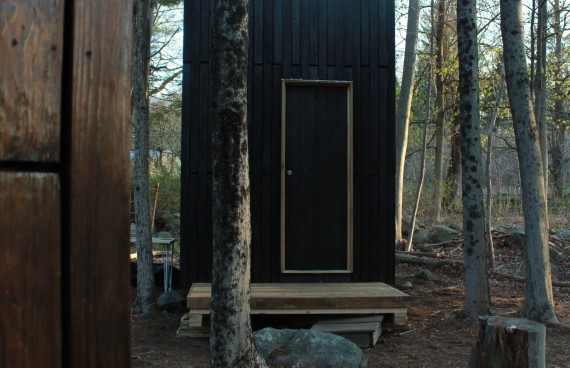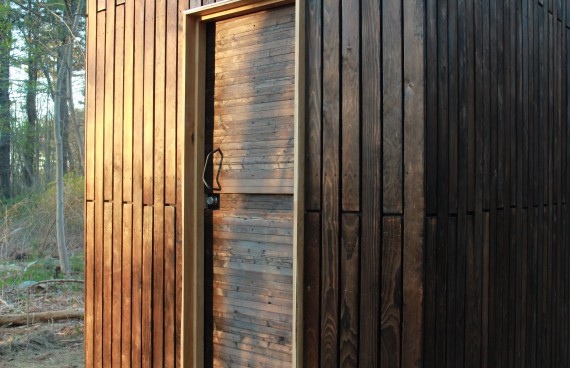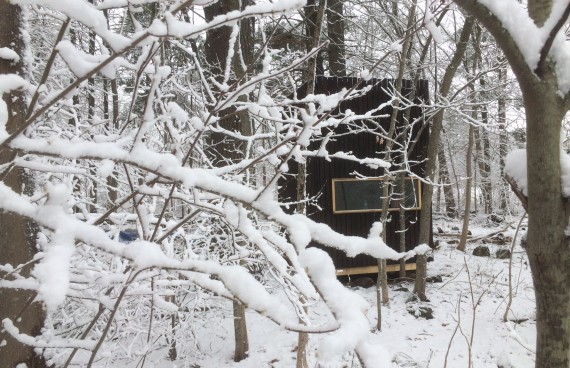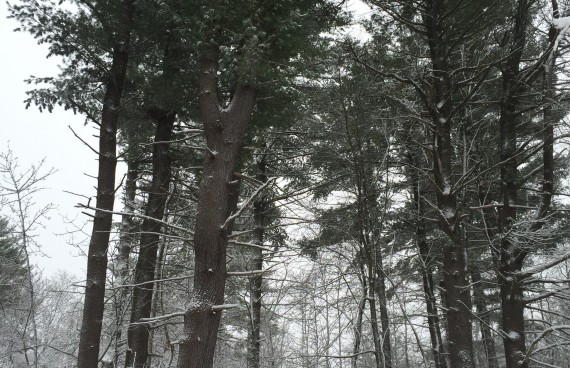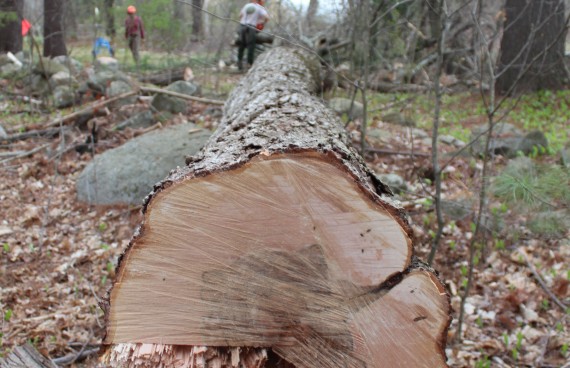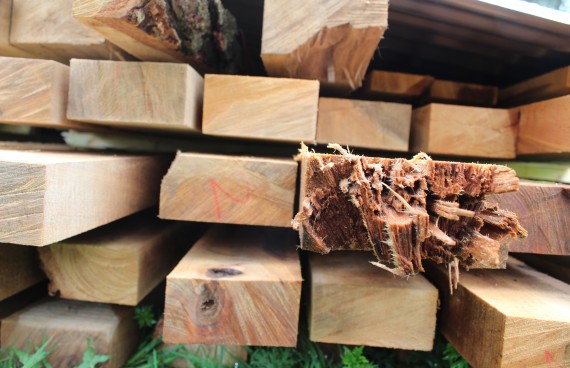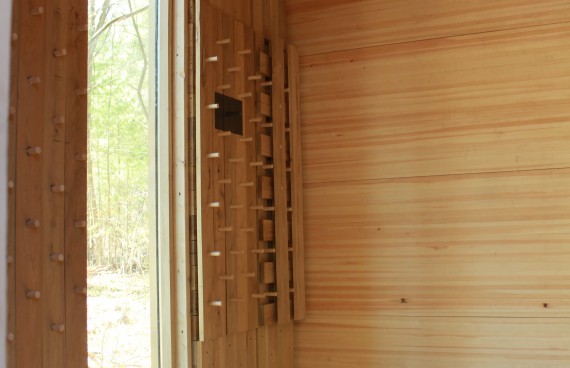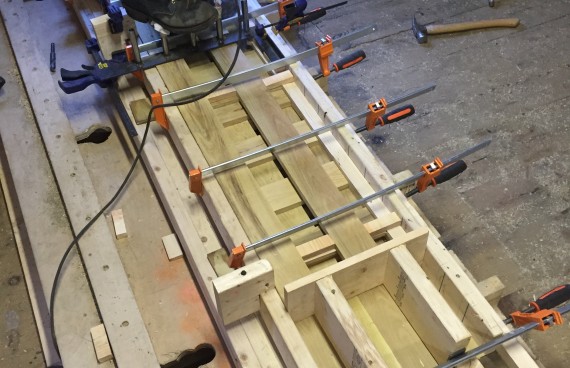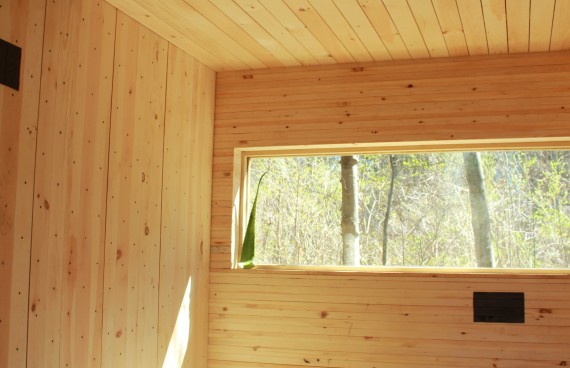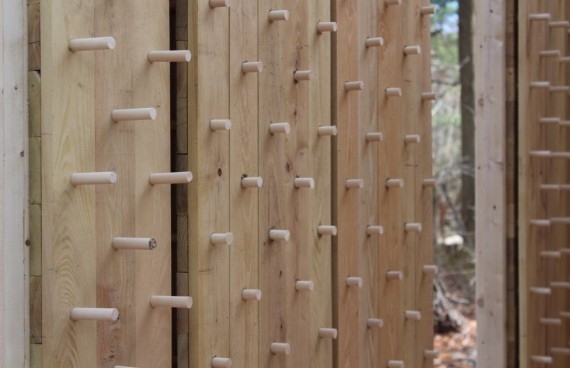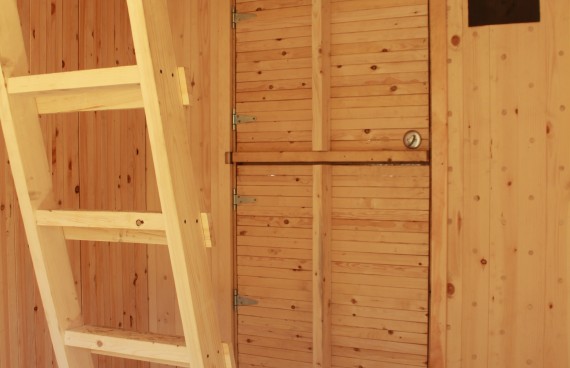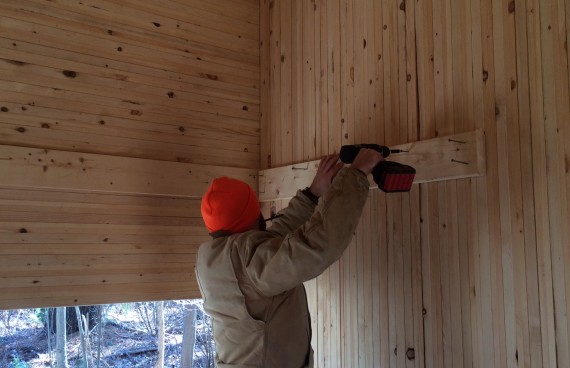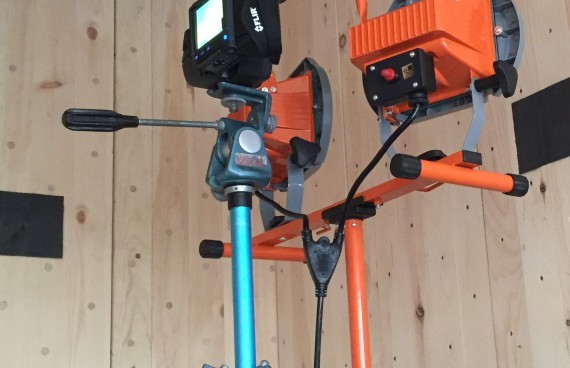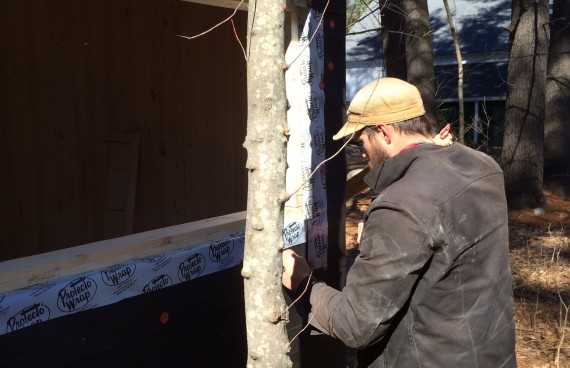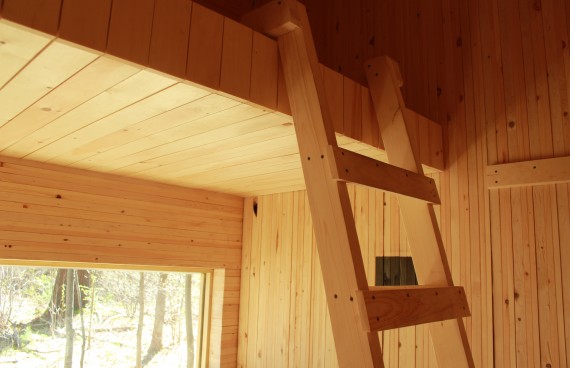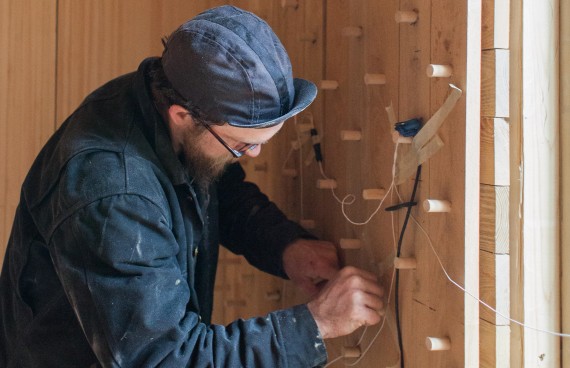The Littleton Trials
The Littleton Trials: Design | Build Master Thesis - The Graduate School of Design, Harvard University
Recipient of the: Daniel L Schodeck Award for Technology and Sustainability - The Graduate School of Design, Harvard University
26 miles northwest of the Harvard’s Graduate School of Design there is a small 106-acre parcel of land called Prouty Woods. It is about a 45-minute drive, or an hour long train ride, to get to this, not so secluded, forest just outside of Littleton, Massachusetts. The property is owned and managed by the New England Forestry Foundation (NEFF). On the 1st of March 15,000 board feet of Eastern White Pine and Norway Spruce were delivered from Robbin’s Lumber in Searsmont, Maine funded by the Softwood Lumber Board (SLB) and the Northeastern Lumber Manufacturer’s Association (NeLMA).
26 miles, while not numerically significant, provides a critical spatial separation for the project. Getting out of the GSD and into the woods was a must! We wanted to spend more time working outside. We wanted to move away from the scales and material restrictions found inside of Gund. We wanted to understand the extended boundary conditions of wood buildings. We wanted to explore and understand the extractive territories of the forest. The research unfolds in real-time in the form of mistakes, conversations with passer byers, and walks on the property with foresters from the NEFF. The Waldenesque intentions we had about isolating ourselves in nature were fabrications. Our role in the forest and its impact on us is much more nuanced, carrying with it an uneasy excitement that stems from the strangeness of our project.
The Trials
What follows is a collection of curated trials explored in various forms that include contextual essays, anecdotes, experimental tests, and personal reflections. The exploration documents and dissects wood at three primary scales: forestry primarily as it’s situated in New England, mass timber construction, and wood’s heat transfer behavior. At each scale we try to identify and leverage critical forms of feedback that link architecture to the tran-scalar complexity of wood. These feedback loops shape three iterative wooden trial huts that test our assumptions and begin to question normative indicators of performance in solid wood buildings. One set of inquiries unpacks transient heat transfer properties of multiple hard and softwood species across a range of thermal experiments. Another is focused on the physical procurement of materials and the construction of different types solid wood assemblies. The third is focused on how large scale thermodynamic variables produced at the forest-scale can influence small-scale thermal performance at the building-scale. Over the course of the investigation the focus shifts from making and monitoring toward reflecting on what was made. The physical experiment transitions into a dwelling that yields a different form of data acquisition.
As the methodology engages wood architecture as an open thermodynamic system, the system is analyzed and realized through iterative abductive reasoning that emerges from our research. This methodology fundamentally differs from more pragmatic experimentation that deploys deductive logics validating the soundness of a singular hypothesize. This difference significantly increases the efficacy of new hybrid approaches that influences design decisions with less limiting role within design research. As the project unfolds across a multiple sets of parallel inquiries, subsequent investigations take shape. Our research identifies physical testing components, inputs, outputs, and critical assumptions made to better understand the tran-scalar variables.
And at each scale, from large scale to small scale, we continually situate our findings in an architectural knowledge set with wood as our medium.
The production of multi-species wood construction logics leverages the benefits of traditional monolithic wood construction toward a tunable assembly that matches the thermal performance of distinct wood species with the distinct performance requirements of the interior, exterior, and internal layers of a building envelope. The assembly would retain the advantages of a monolithic construction logic while more powerfully engaging the larger-scaled extractive ecologies of source forests
producing a demand for a more diverse array harvested timber as well alternative models of forest management. This thesis proposes a more complete, albeit also more complex framework to accurately describe and understand the scales, feedbacks, and formation of wood architecture.
The project embodies the formation of a method for design research that leverages the physical medias of large-scale making and material organization into a critical abductive process. This method is an alternative model that couples academic research with professional practice – a critical alignment that bridges the academic and commercial realms. Without creating capitalistic voids, failing constructions, or dreamy theoretical ideas, we have sought out a new model for the transitions from academia to the realities of practice.
